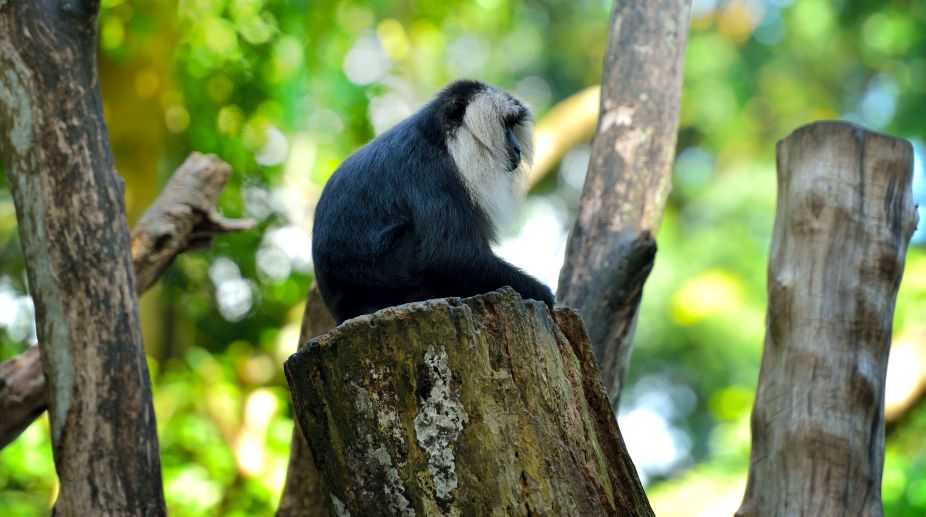Thirty-one leading scientists have issued an urgent plea to save humanity’s closest biological relatives, saying scores of different species of apes, monkeys and other primates are all now facing “impending extinction”.
Despite gorillas, orang-utans and lemurs being among the most popular wild animals — a factor that helps fund conservation efforts — their main threats are almost entirely caused by humans.
Primates are hunted for meat and body parts or captured for life as pets; their habitats are destroyed as industrial-scale farms to make foodstuffs like palm oil take over previously wild land, dams are built, or mining, oil and gas companies move in; and new threats like climate change and the spread of human diseases to animals are also emerging.
Of the 504 primate species, about 60 per cent are threatened with extinction and 75 per cent have declining populations. However, the researchers, who published the findings of a major review of primates in the journal Science Advances, insisted they could still be saved. “Despite the impending extinction facing many of the world’s primates, we remain adamant that primate conservation is not yet a lost cause, and we are optimistic that the environmental and anthropogenic pressures leading to population declines can still be reversed,” they argued.
But they said this would only happen if effective measures were taken “immediately”. “Unless we act, human-induced environmental threats in primate range regions will result in a continued and accelerated reduction in primate biodiversity,” the scientists said. “Primate populations will be lost through a combination of habitat loss and degradation, population isolation in fragmented landscapes, population extirpation by hunting and trapping, and rapid population decline due to human and domestic animal-borne diseases, increasing human encroachment, and climate change.”
They said that “perhaps the starkest conclusion of this review” was the collective failure to preserve primate species and their habitats.
“We have one last opportunity to greatly reduce or even eliminate the human threats to primates and their habitats, to guide conservation efforts, and to raise worldwide awareness of their predicament,” the researchers added.
“Primates are critically important to humanity. After all, they are our closest living biological relatives.” Professor Paul Garber, of Illinois University, who co-led the study with Alejandro Estrada of the National Autonomous University of Mexico, emphasised how close extinction was for some iconic species. “This truly is the eleventh hour for many of these creatures,” he said, “Several species of lemurs, monkeys and apes — such as the ring-tailed lemur, Udzunga red colobus monkey, Yunnan snub-nosed monkey, white-headed langur and Grauer’s gorilla — are down to a population of a few thousand individuals.
“In the case of the Hainan gibbon, a species of ape in China, there are fewer than 30 animals left.”
The critically endangered Sumatran orang-utan lost 60 per cent of its habitat between 1985 and 2007, Professor Garber added. And he said at times humans were exploiting forest habitats “in needlessly destructive and unsustainable ways”.
The biggest problem was the increasing amount of land being used for farming. “Agricultural practices are disrupting and destroying vital habitat for 76 percent of all primate species on the planet,” he said, “In particular, palm oil production, the production of soy and rubber, logging and livestock farming and ranching are wiping out millions of hectares of forest.” And that meant many primates were now “clinging to life” in the forests of China, Madagascar, Indonesia, Tanzania, the Democratic Republic of Congo and other countries.
“Sadly, in the next 25 years, many of these primate species will disappear unless we make conservation a global priority,” Professor Garber said.
“This, by itself, would be a tragic loss. Now, consider the hundreds of other species facing a similar fate around the world, and you get a sense of what’s truly at stake.”
The Independent











